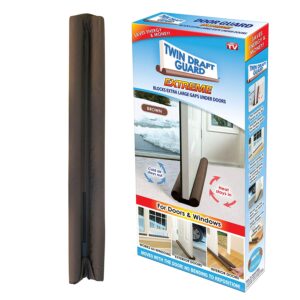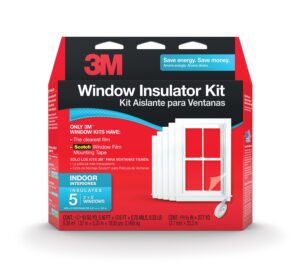If Thursday’s flurries are any indication, winter is (unofficially) here. Though Chicagoans may embrace the snowy weather to varying degrees, there is no denying that the change in seasons brings with it particular challenges, especially for city dwellers.
Winter enthusiasts and pessimists alike can unite behind the struggle to keep houses and apartments warm within the outdoor chills. Fortunately, we have you covered with five tips to weatherize your units and keep temperatures up and costs down.
1. Keep Doors Closed
This one may seem obvious, but its impact cannot be overstated. When bathroom or large closet doors are left open, the greater surface area will make it even harder to keep rooms warm. Closing doors after use will make it less complicated and less expensive to keep the main rooms in your unit comfortable throughout the cold weather season.
2. Invest in a Draft Guard
Draft guards are relatively inexpensive and can do wonders to keep costs down in the winter. Gaps below front and back doors help warm air escape and let cold air inside, so it’s essential to restrict outdoor airflow when possible. Draft guards can also keep warm air from escaping through significant window gaps and can be of use in the summer when trying to keep air conditioning costs down.
3. Invest in a Window Insulation Kit
Similarly, window insulation kits are essential if cold air keeps creeping through cracks and slits in windows. Insulation film provides a significant barrier, which — much like door guards — keeps the warm air in and drafts out. It’s a low-cost but effective (and long-term) solution, so invest accordingly!
4. Check Heating Sources for Obstructions
So the heat is on, the doors and windows are sealed, but your room isn’t getting any warmer. What’s wrong? The answer is usually pretty simple. Check to make sure none of your heating sources are blocked. Sometimes, furniture can get in the way. Other times, dirt can cause a blockage internally. When turning on the heat, make sure it can flow unobstructed.
5. Use a Ceiling Fan
If your unit has a ceiling fan, turning it on will push warm air down and out toward the walls to heat the room. Keep it running at a low speed and be sure that it’s running clockwise — otherwise, you’ll end up accidentally making it even colder.






